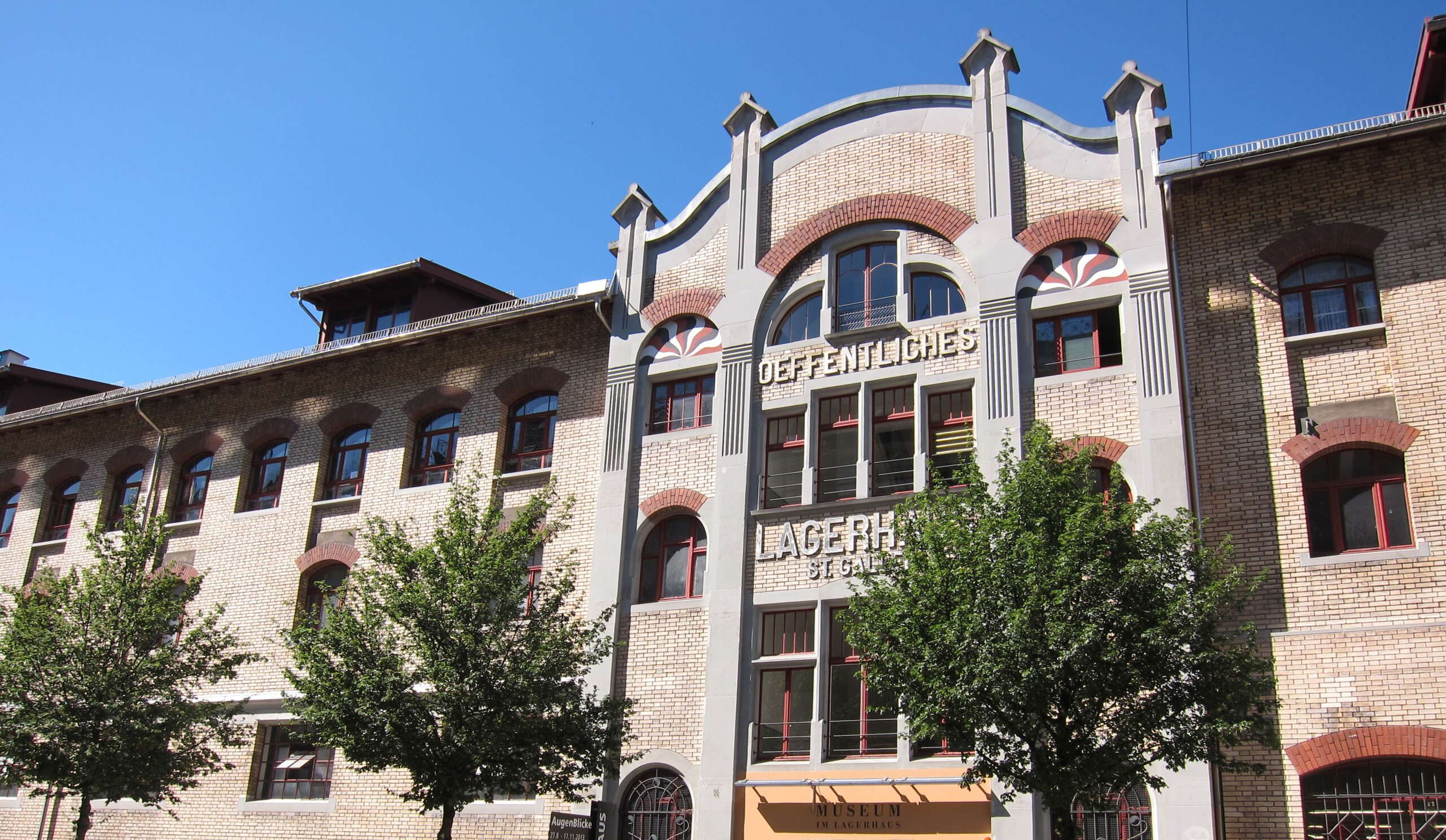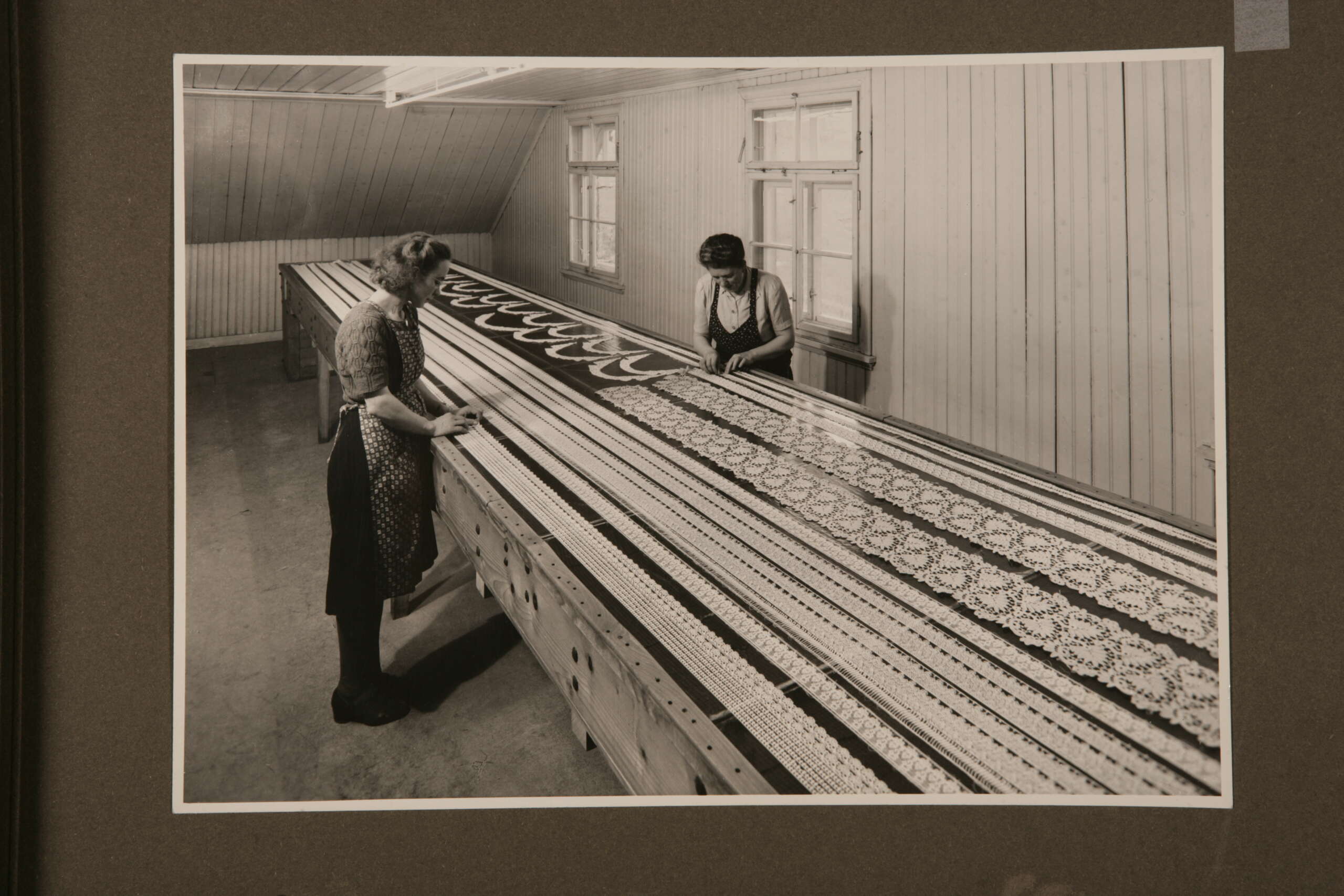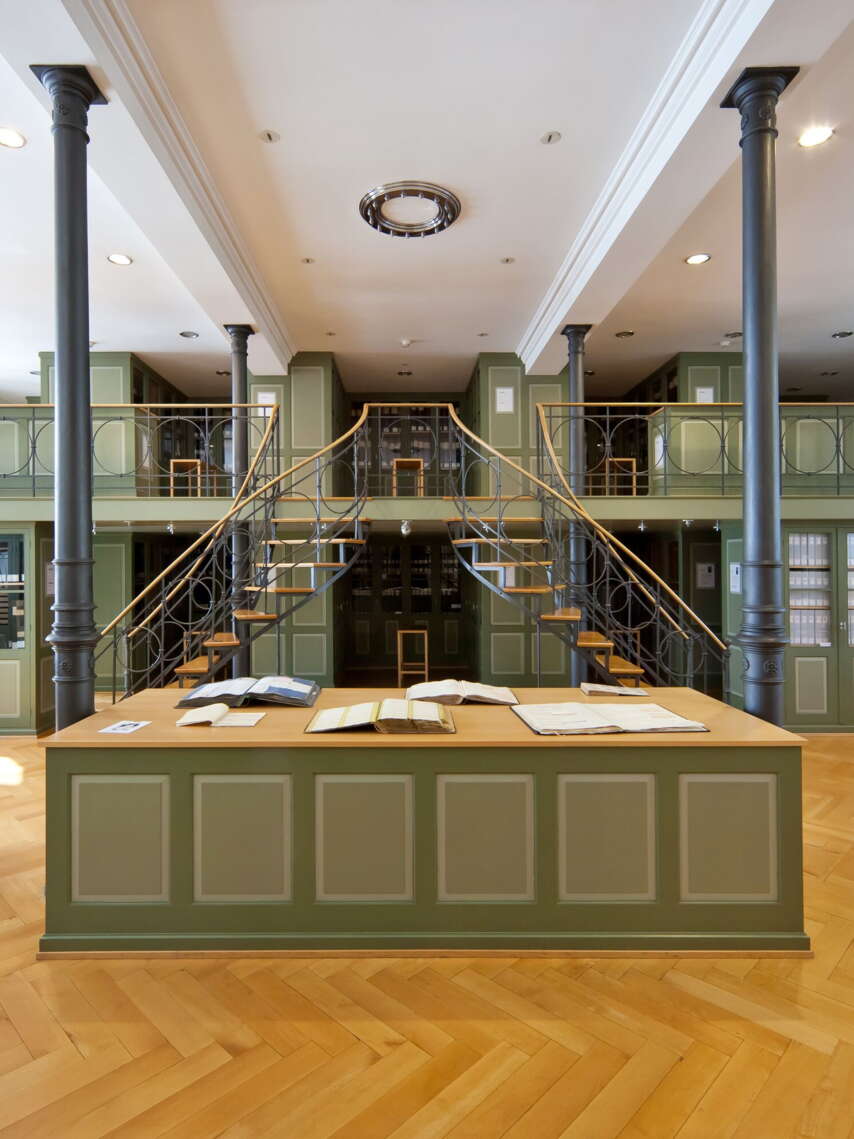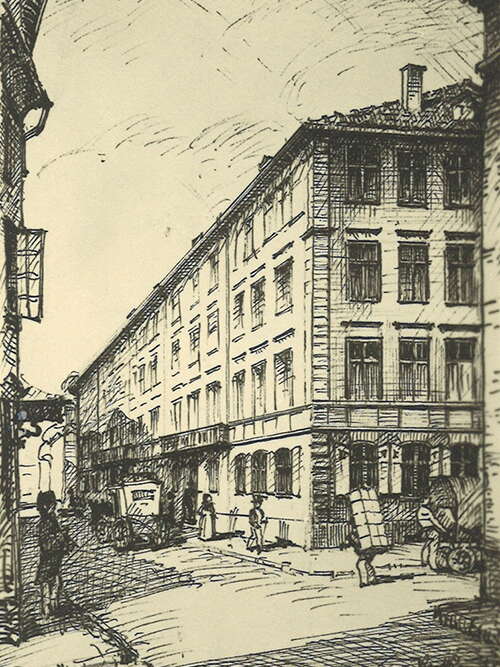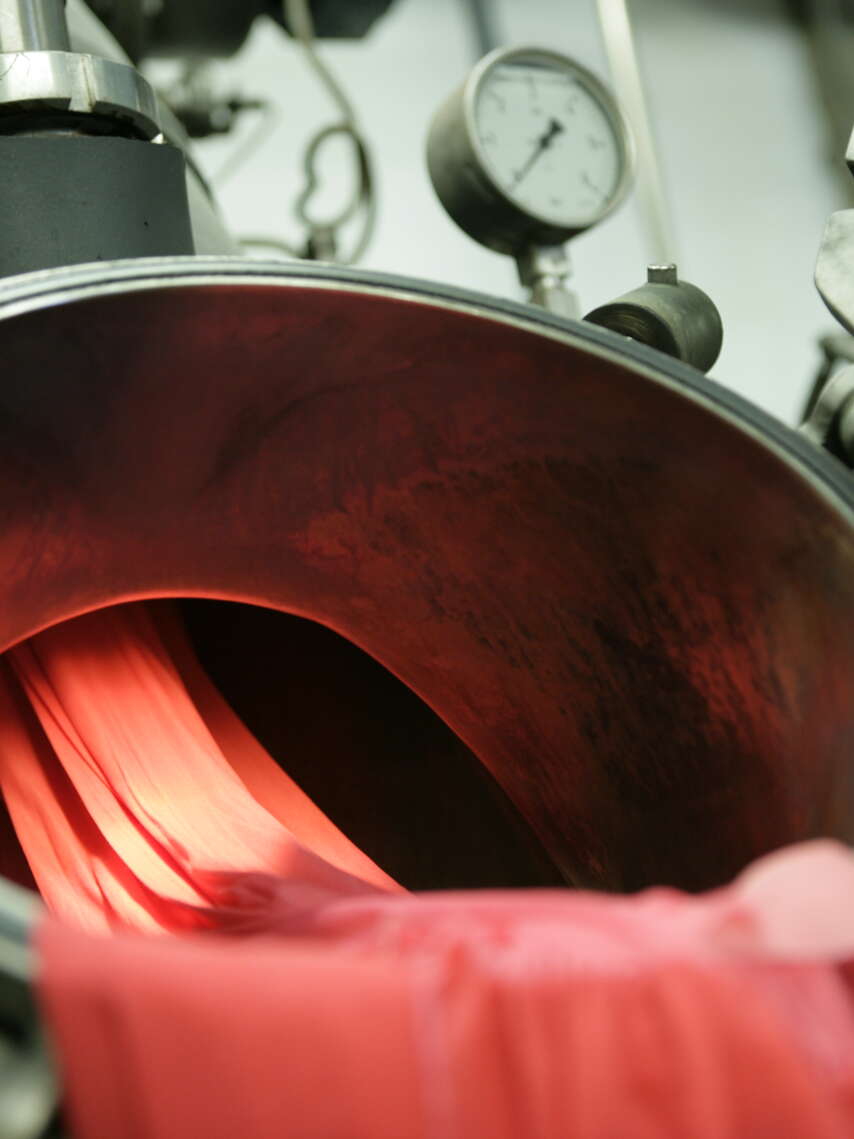Good to know – from history to today
Our history – told by contemporary witnesses! Our present – experience it up close! Our future – explore and shape it! We cordially invite you to discover interesting facts and get to know the textile region of Eastern Switzerland even better. Immerse yourself.
History of the textile industry
Eastern Switzerland is a veritable «land of textiles». For a long time, it was one of the world's largest and most important export regions for embroidered products. The first references to the textile industry in the region date back to the early Middle Ages.
The vibrant textile industry
Traditional and innovative companies in Eastern Switzerland are global leaders in their sectors: from traditional St.Gallen embroidery to high-tech solutions in the fields of architecture and mobility.
Read interesting articles on the subject of textiles here and learn more about Eastern Switzerland, the textile region.



